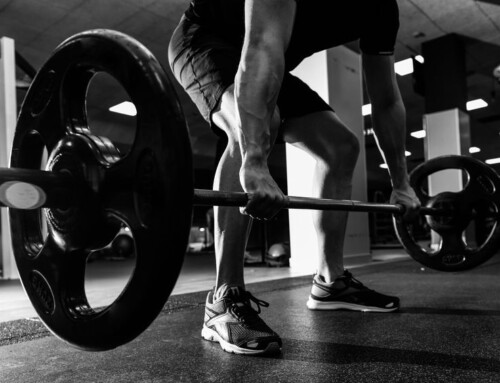Introduction:
Glenohumeral subluxation is defined as a partial or incomplete dislocation of the shoulder joint. Early detection and intervention not only influence the short-term outcomes but also have a substantial impact on the long-term quality of life for individuals dealing with glenohumeral subluxation. Exploring the exercises to prevent this condition is crucial, as is understanding the prognosis for those who already have it. Additionally, we’ll delve into why physical therapy plays a pivotal role in managing and improving the outcomes for individuals with glenohumeral subluxation.
Who is at Risk?
- Those with shoulder laxity from: hypermobility, stroke, paralysis, or other neurological disorders
- Individuals who have limited mobility or muscle weakness in the shoulder region
- Individuals who perform repeated overhead movements: athletes, construction workers, carpenters, painters, etc.
Etiology
- Traumatic, non-traumatic, and neuromuscular causes
Prognosis for Glenohumeral Subluxation:
The prognosis varies depending on the underlying cause and the severity of the subluxation. In some cases, early intervention and targeted exercises can lead to significant improvement. However, if left untreated, chronic subluxation may contribute to shoulder instability and pain, affecting overall quality of life.
The Role of Physical Therapy:
- Muscle Strengthening
– Physical therapists design exercise programs to specifically target weakened muscles around the shoulder joint, promoting stability and preventing further subluxation.
- Range of Motion Exercises
– Controlled and guided movements help improve the flexibility and range of motion in the shoulder, reducing the risk of subluxation.
- Posture Correction
– Physical therapists work on correcting posture issues that may contribute to glenohumeral subluxation, helping patients maintain proper shoulder alignment.
- Patient Education
– Understanding the condition is crucial. Physical therapists educate patients about glenohumeral subluxation, its triggers, and the importance of consistent exercise to manage and prevent recurrence.
Conclusion:
Glenohumeral subluxation can impact the lives of many individuals. While the prognosis varies, incorporating physical therapy into the treatment plan can significantly improve outcomes. By focusing on targeted exercises, range of motion, and patient education, physical therapy plays a vital role in preventing, managing, and mitigating the impact of glenohumeral subluxation on one’s overall well-being. Consultation with healthcare professionals is advised for personalized guidance based on individual needs and conditions.
References
- Vitoonpong T, Chang KV. Shoulder Subluxation. PubMed. Published 2020. https://www.ncbi.nlm.nih.gov/books/NBK507847/
- Shoulder instability: Management and rehabilitation – jospt. Accessed December 3, 2023. https://www.jospt.org/doi/pdfplus/10.2519/jospt.2002.32.10.497.
- https://www.physio-pedia.com/Shoulder_Subluxation






